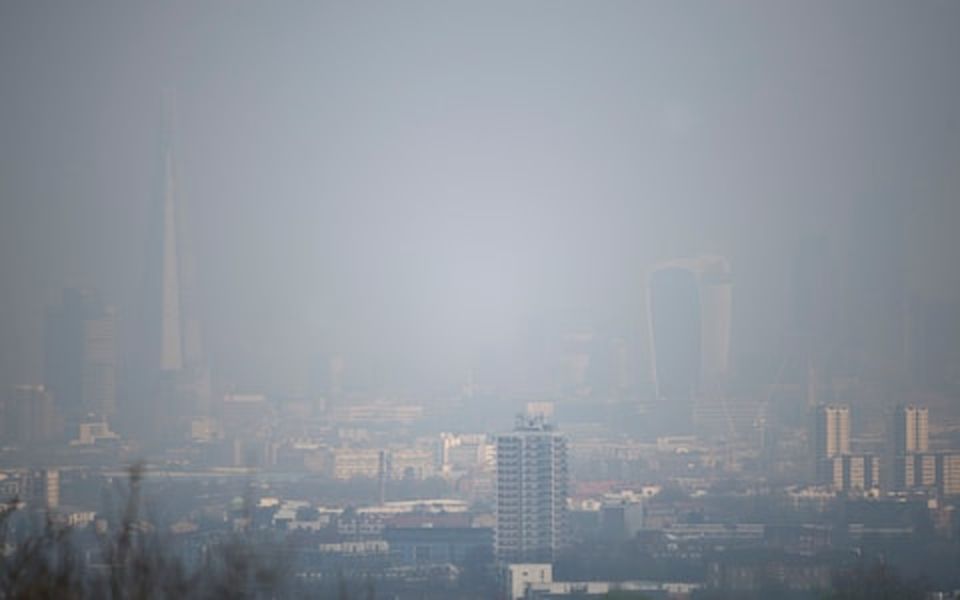A new research funded by the British Heart Foundation (BHF), which was published recently in the journal Circulation, claims that people who were exposed to the air pollution levels that were within the UK guidelines show changes in the structure of their hearts, which are quite similar to that seen during the early stages of heart failure.
The research team was led by Professor Steffen Petersen from Queen Mary University of London. Data from nearly 4,000 participants in the UK Biobank study was studied by scientists. Participants also provided personal information like lifestyles, health records and details about places they had lived- which helped scientists understand the underlying health problems. Participants also went through blood test and various health scans, heart MRI was used to examine the size, weight and function of the hearts of the participants.
While most participants lived outside major British cities, but it was quite obvious that people who lived near loud and busy roads, and had been exposed to nitrogen dioxide or PM2.5- extremely small particles of air pollution– had developed large right and left heart ventricles inside their hearts- similar signs are often seen in the early stages of heart disease.
These changes in the structure of the heart have a strong association with high exposures to pollutants. Data suggests that for every 1 extra μg per cubic metre of PM2.5 and for every 10 extra μg per cubic metre of NO2 the person is exposed to, their heart enlarges by approximately 1% .
Air pollution has become the largest environmental risk factor that is linked to several deaths in England. Coronary heart disease and heart stroke are responsible for nearly 58% (six in ten) deaths that are related to exposure to outside air pollution globally. This research by the British Heart Foundation could help scientists understand how and why air pollution leads to cahnges in the heart.
Dr Nay Aung, from Queen Mary University of London said, “Although our study was observational and hasn’t yet shown a causal link, we saw significant changes in the heart, even at relatively low levels of air pollution exposure. Our future studies will include data from those living in inner cities like Central Manchester and London, using more in-depth measurements of heart function, and we would expect the findings to be even more pronounced and clinically important.”
“Air pollution should be seen as a modifiable risk factor. Doctors and the general public all need to be aware of the their exposure when they think about their heart health, just like they think about their blood pressure, their cholesterol and their weight”, added Aung, who led the data analysis.

